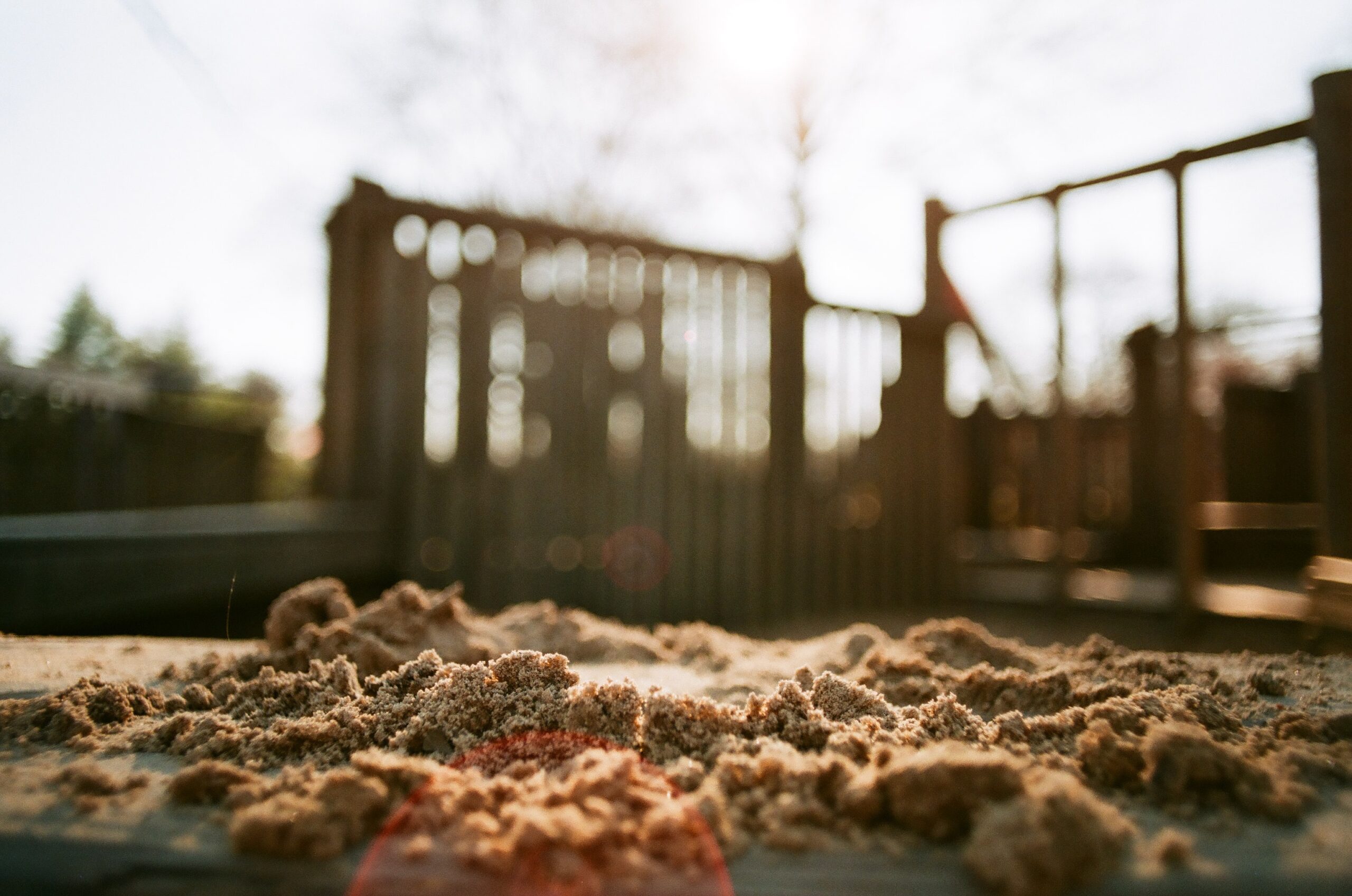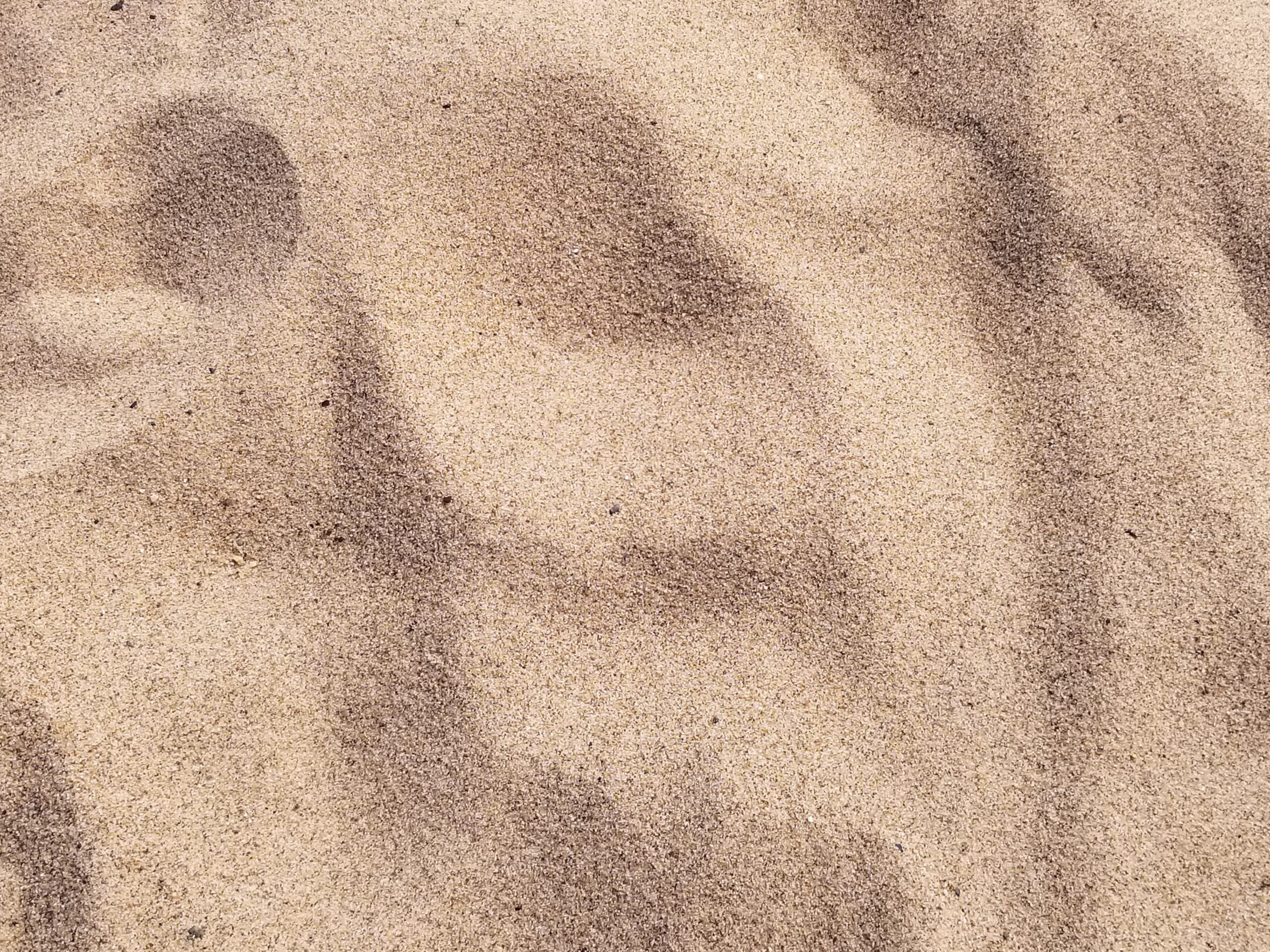Polymeric Sand vs Regular Sand for Pavers


Roger Marx
Roger Marx, a distinguished BPA Advisor specializing in Landscaping & Outdoor Materials, is dedicated to sharing his extensive knowledge and expertise on the latest trending building and design products. With a keen focus on landscaping and outdoor materials, Roger contributes valuable insights that shape discussions on innovative construction practices and materials in these vibrant and essential areas.
One of the final steps in hardscape installation is filling your joints with sand. Not all sand is created equal; you can’t just go to your sandbox and use that. Polymeric and regular sand are the two most popular choices for this project. These both allow for stabilizing and securing your pavers.
Plus, you’re going to need something that can handle bad weather. So, what should you choose? Continue reading as we compare some of the major differences, drawbacks, and benefits that polymeric and regular sand offer for your pavers.
What is Polymeric Sand?
Also known as “hardscape sand,” this is a substance that is used to fill paver joints, so they prevent shifting. You can expect different additives in this, such as quartz, chemical binders, and silica. These are often used to help lock the fine sand particles together, plus these help keep the pest away from making the space between the slabs into their new home. Polymeric sand does adhere to itself better compared to regular sand. This is important from the varying elements a patio or hardscape will deal with over its long life.
What is Regular Sand?

Regular sand is considered an alternative to polymeric sand. Also known as “all-purpose sand”, this is considered the go-to product for sealing paver joints. This sand is commonly known as joint sand or leveling sand too. This sand has been washed and sifted to eliminate potential impurities. But just like polymeric sand, this can also contain some rough edges. Unlike polymeric sand, regular paver sand does not have any bonding agents in it. But thanks to its coarse texture, it can interlock to form a tough gap filler.
Polymeric Sand vs. Regular Sand for Pavers: Is One Best?

While it can be challenging in deciding which is the best option between Regular sand vs. Polymeric sand, here are some factors that may help you decide.
Price
The initial expense for polymeric sand can seem off-putting, but if extra attention is given, then this polymer sand can offset the expenses over time. When it comes to most building sands, there is going to be a need for re-sand due to weather creating sand loss or just weed growth. But polymeric sand can last around 10 years without the need for additional installation. In terms of price for Polymeric Sand vs. Regular Sand for Pavers, polymeric is more expensive due to the up-front cost, but it could be cost-effective down the line.
Issues
One of the most common sand-related problems is haze. If you want to avoid this during the installation process, then cement-free polymeric is going to be the best option. Plus, another issue when it comes to Polymeric Sand vs. Regular Sand for Pavers would be erosion. Regular paver sand tends to be prone to erosion, mainly due to the weather, such as rain or wind. The solution here would be to either opt for polymeric sand, add a sealant, or just add more sand.
Pest Control
One of the biggest advantages that polymeric sand has is the fact that it stops weeds and insects from coming through the paver joints. While regular sand can do the same job, it’s more of a temporary fix than polymeric sand.
Application Process
Regarding the installation of Regular sand vs. Polymeric Sand, both materials are nearly the same. However, the polymeric sand application process could lead to more room for error.
Durability
Hardscaping comes with a lot of hard work. It’s only natural that you want this to last as long as possible. The joint paver sand must be considered as this will allow the hardscape to be durable, resilient, and stable; plus, this extends the lifespan too. Regular sand will need a touch-up every couple of years, while touch-ups for polymeric sand would only be once every decade. However, the life expectancy could vary based on the specific products and even the climate you’re in.
Appearance
If you care a lot about appearance in your hardscapes, then Polymeric sand will have the upper hand in the Polymeric Sand vs. Regular Sand for Paver's debate. Polymeric sand provides a cleaner appearance due to the binding agents.
Colors
Regular sand and polymeric sand come in a wide range of colors but look similar at first glance.
No Washing Away
If you live in an area with a high amount of rainfall, you need to pay close attention. Regular sand is more likely to wash away after a bad storm, leading to an unkempt appearance in your hardscape. This is an issue that polymeric sand does not have.
FAQ
Paver sand is a word that is commonly used for either polymeric sand or regular sand.
Yes, you can, but this may not be the best solution.
Paver sealant is a protectant that can be applied to joints and pavers. It’s commonly used with polymeric sand, as it strengthens the joints in the hardscapes.
Polymeric Sand vs. Regular: Which Type of Sand Should I Choose?

There are a lot of benefits and drawbacks to both regular sand and polymeric sand. However, what matters most is the correct application for either of these products. You can’t have a long-lasting hardscape if the sand wasn’t installed correctly.
Get Smarter About Building Products
Join 50,000+ subscribers and get our 3 min daily newsletter on what matters in the building materials industry.
You might like this


Edgecomb Gray vs Revere Pewter: Greige Color Showdown
When it comes to the battle of Edgecomb Gray vs Revere Pewter, these two popular paint colors from Benjamin Moore offer unique characteristics that make them both highly sought-after choices for interior and exterior applications. In this in-depth analysis, we will explore the subtle differences between Edgecomb Gray and Revere Pewter, as well as their […]


Lifetime Steel Post vs PostMaster Fencing: In-Depth Guide
When it comes to fencing, the choice between Lifetime Steel Post and PostMaster Fencing can be a challenging decision for both DIYers and professional builders. In this blog post, we will dive deep into the features and styles of these two popular fence posts options. Lifetime Steel Post Features and Styles The Lifetime Steel Posts […]


Sunrise Windows vs Andersen: Comparing Quality & Efficiency
When it comes to choosing the right replacement windows for your home or construction project, Sunrise Windows and Andersen are two leading contenders in the market. Both companies offer a variety of window options with distinct features and benefits that cater to different needs and preferences. In this comprehensive comparison between Sunrise Windows vs Andersen, […]